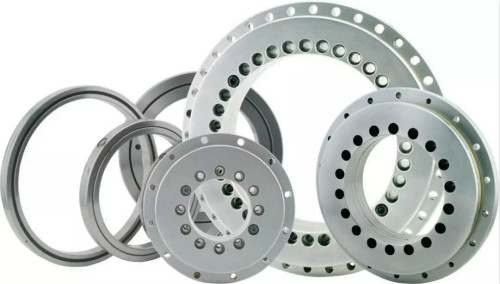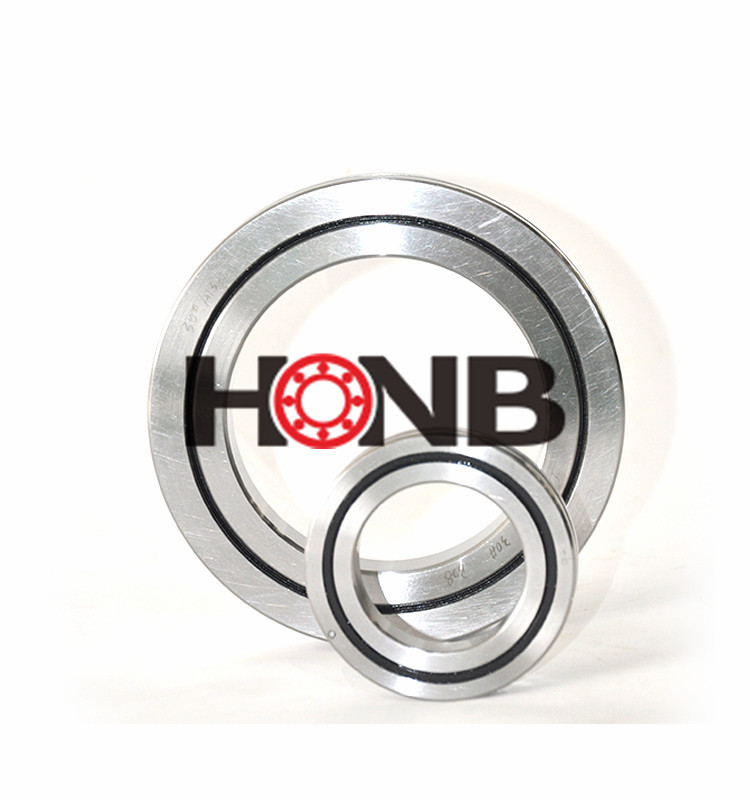When the original structure of high carbon chromium steel is granular pearlite, the carbon content of quenching martensite obviously affects the mechanical properties of the steel under the quenching and low tempering state. The strength and toughness of GCr15 steel are about 0.5%, the contact fatigue life is about 0.55%, and the crushing resistance is about 0.42%. When the carbon content of quenched martensite of GCr15 steel is 0.5% ~ 0.56%, the comprehensive mechanical properties with the strongest failure resistance can be obtained.
It should be noted that the martensite obtained in this case is cryptocrystalline martensite and the measured carbon content is the average carbon content. In fact, the carbon content in martensite is not uniform in the microregion, the carbon concentration near the carbide is higher than the part away from the carbide proferrite, so they start to martensite transformation temperature is different, which inhibits the growth of martensite grains and the display of micromorphology and become apnetic martensite. It can avoid the microcracks that are easy to occur during quenching of high carbon steel, and its substructure is the dislocation slatted martensite with high strength and toughness. Therefore, only when the medium-carbon cryptocrystalline martensite is obtained during quenching of high carbon steel can the bearing parts obtain the matrix with the best failure resistance.

2. Residual austenite in quenched steel
After normal quenching, high carbon chromium steel may contain 8% ~ 20% Ar (residual austenite). Ar in bearing parts has advantages and disadvantages. In order to promote advantages and eliminate disadvantages, Ar content should be appropriate. Because the amount of Ar is mainly related to the quenching and heating austenitizing conditions, the amount of Ar will affect the carbon content of quenching martensite and the amount of undissolved carbides, it is difficult to correctly reflect the influence of Ar on mechanical properties. The effect of Ar content on the hardness and contact fatigue life of GCr15 steel after quenching and tempering at low temperature was studied. With the increase of austenite content, both hardness and contact fatigue life increase, and then decrease after reaching the peak value. However, the Ar content of the peak value is different. The peak value of hardness is about 17% Ar, while the peak value of contact fatigue life is about 9%. When the test load decreases, the influence of Ar on the contact fatigue life decreases. This is because when the amount of Ar is not large, it has little effect on the reduction of strength, while the effect of toughening is more obvious. The reason is that when the load is small, A small amount of Ar deformation occurs, which not only reduces the stress peak, but also makes the deformed Ar processing strengthening and stress-strain induced martensite transformation strengthening. However, when the load is large, the large plastic deformation of Ar and the matrix will produce local stress concentration and rupture, so that the life is reduced. It should be pointed out that the beneficial effect of Ar must be that in the stable state of Ar, if the spontaneous transformation to martensite, the toughness of steel will be sharply reduced and embrittleness.

If you have any questions of bearings,pls feel free to contract us.
E-mail:bearing6@hyzcgroup.com
- YRT rotary table bearing
- YRTS rotary table bearing (high speed series)
- YRTM with integral angular measuring system series
- ZKLDF axial angular contact ball bearing series
- RA series crossed roller bearing
- SX series crossed roller bearing
- CRBH series crossed roller bearing
- RE series crossed roller bearing
- RU series crossed roller bearing
- RB series crossed roller bearing
- XR/JXR series crossed taper roller bearing
- Crossed roller bearing

✉️ bearing20@hyzcgroup.com
📞 +86 15236685001





